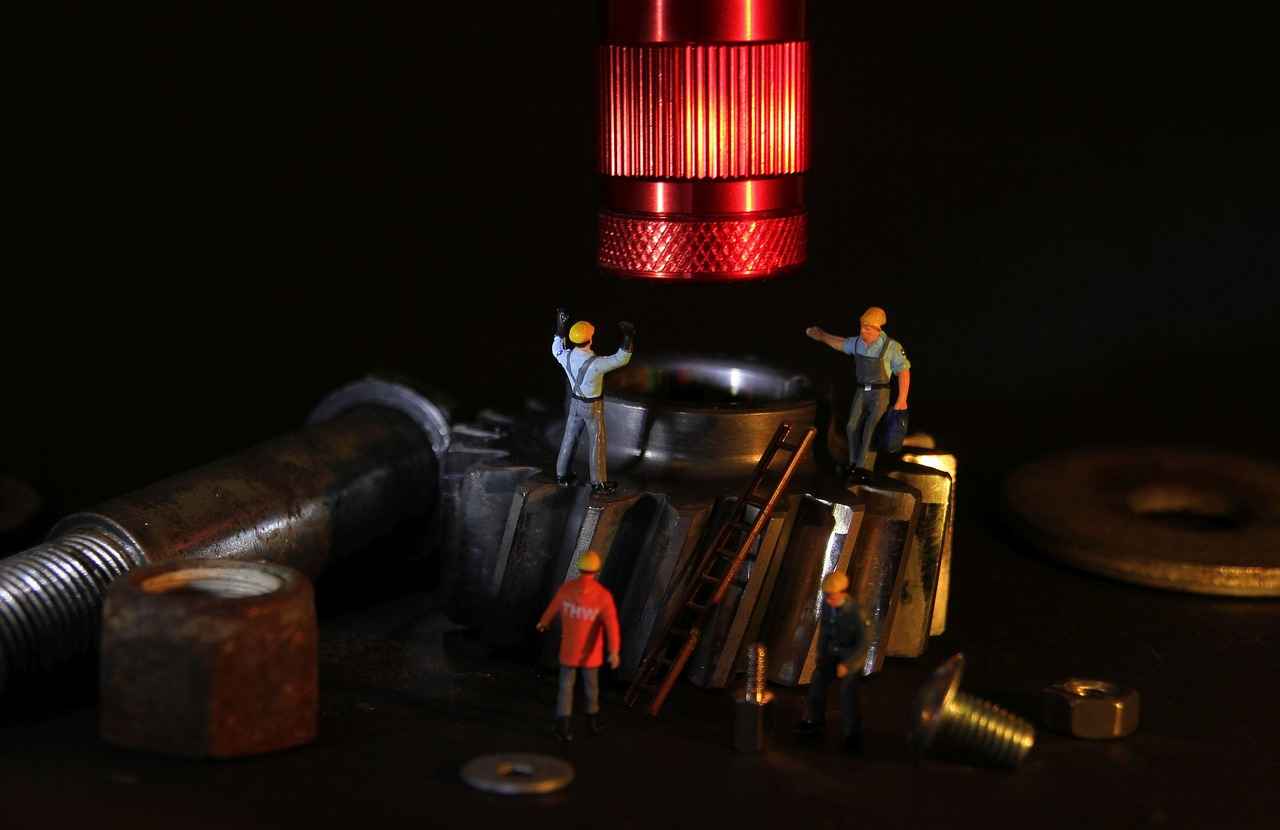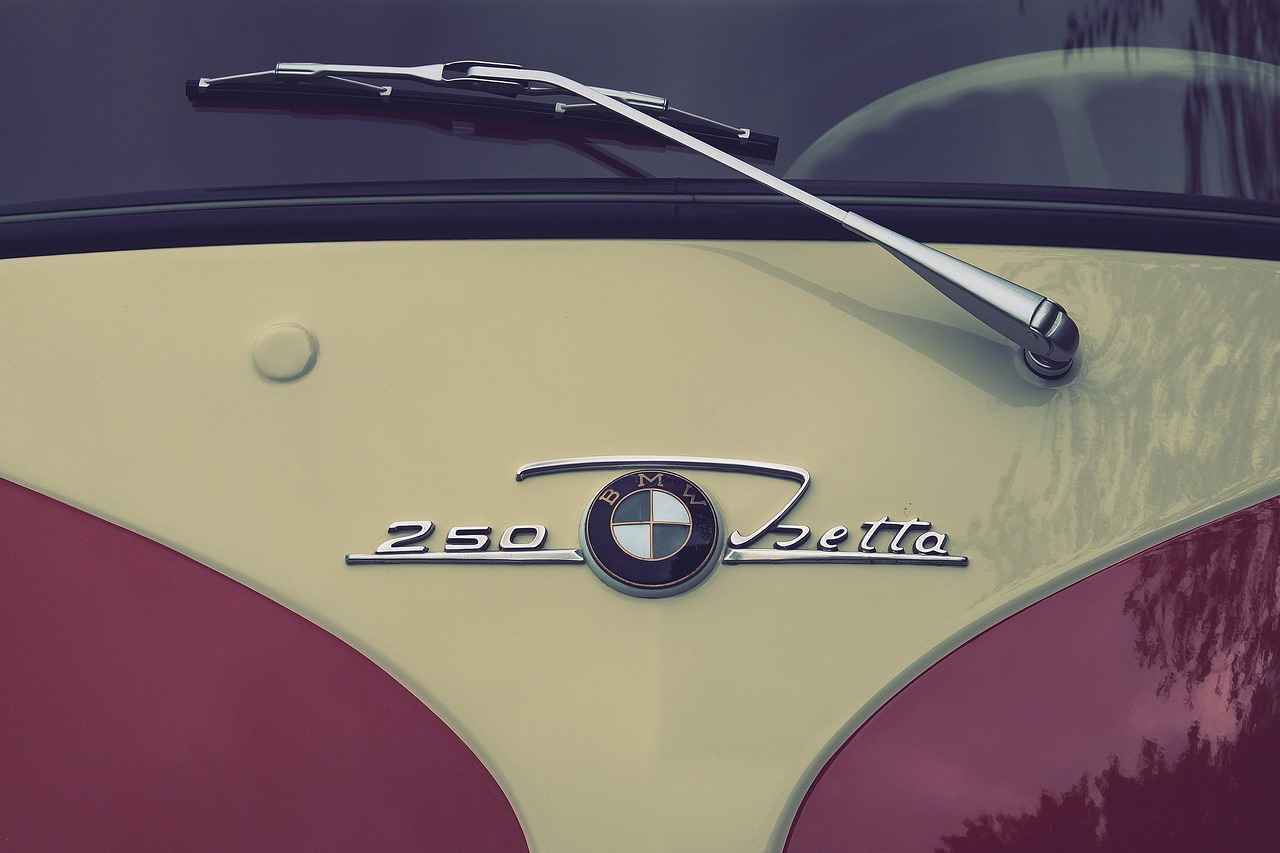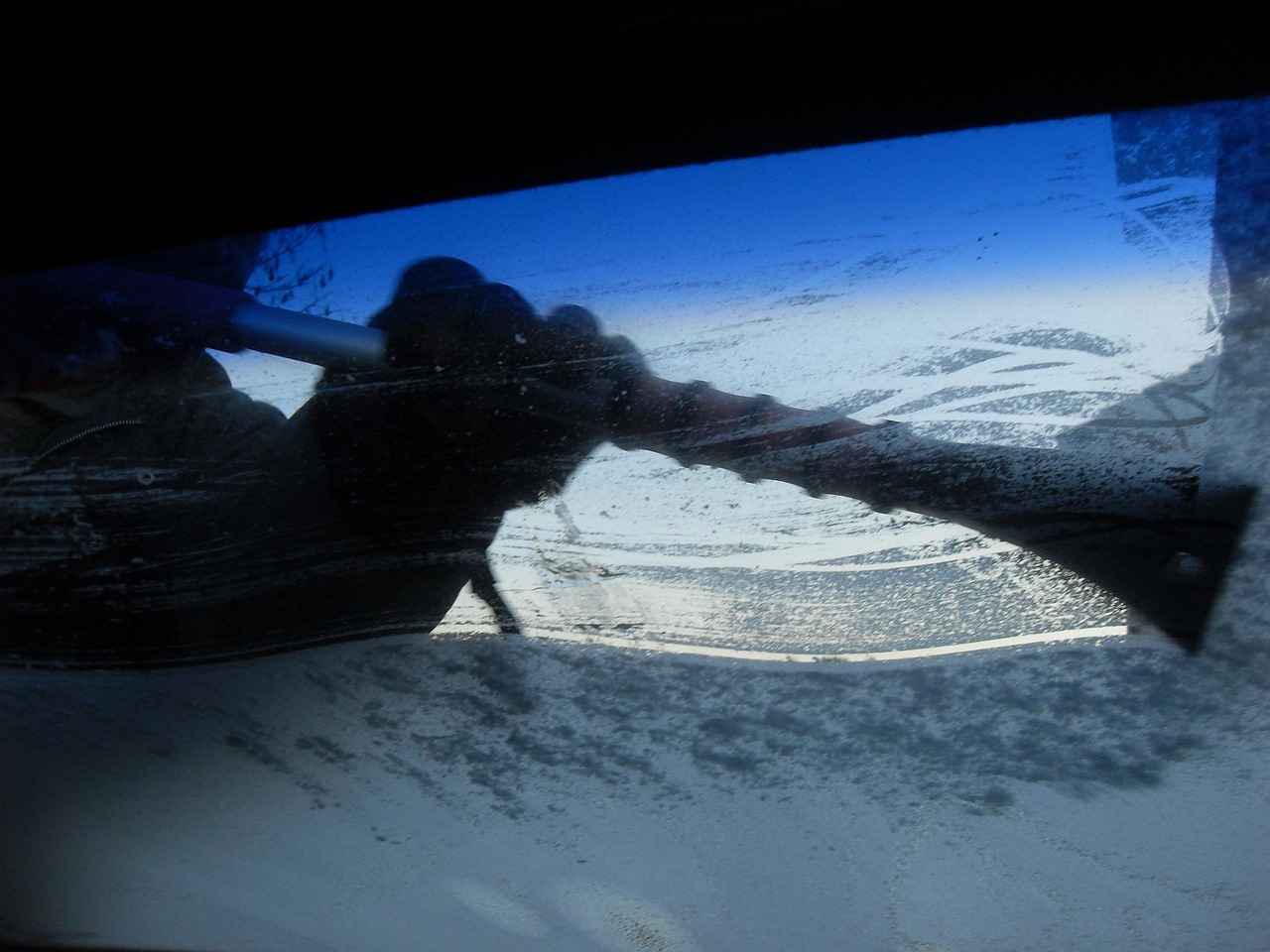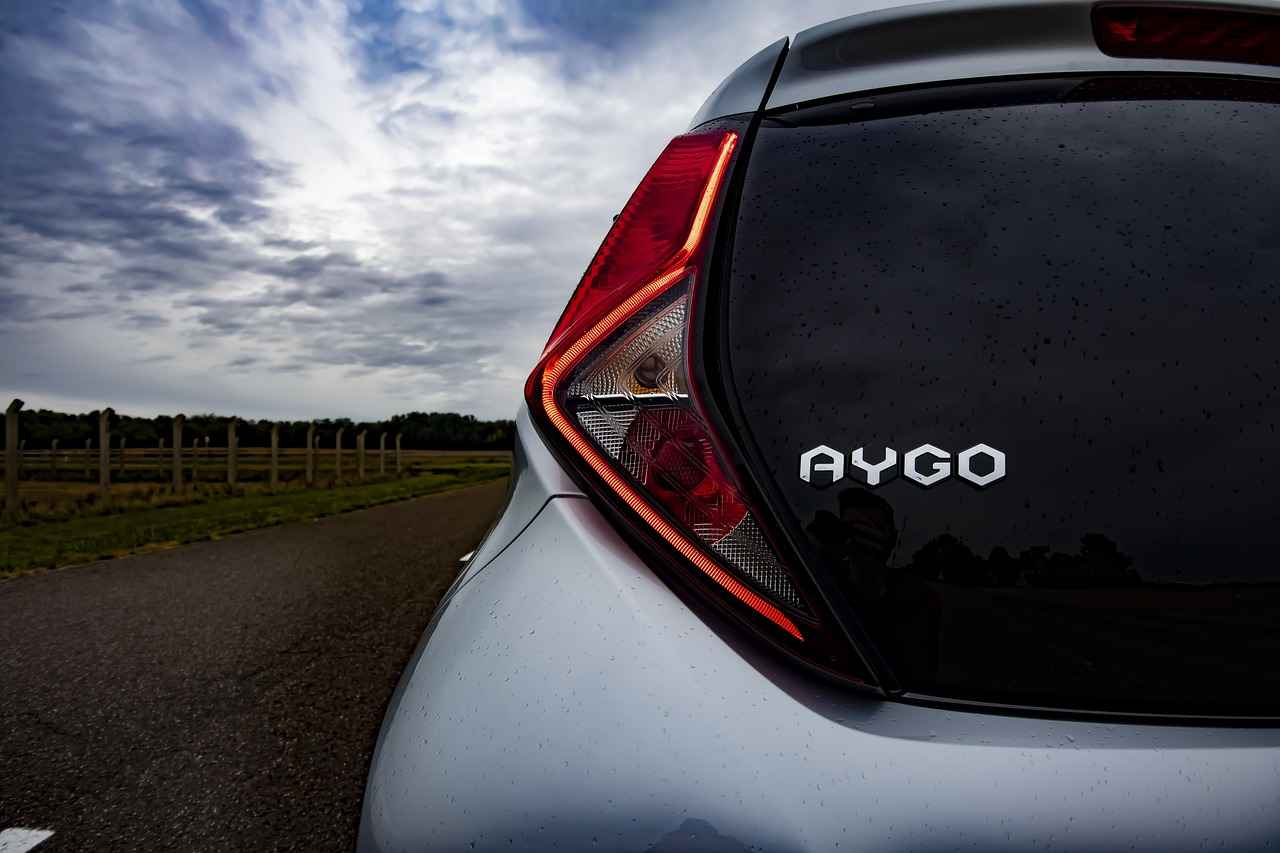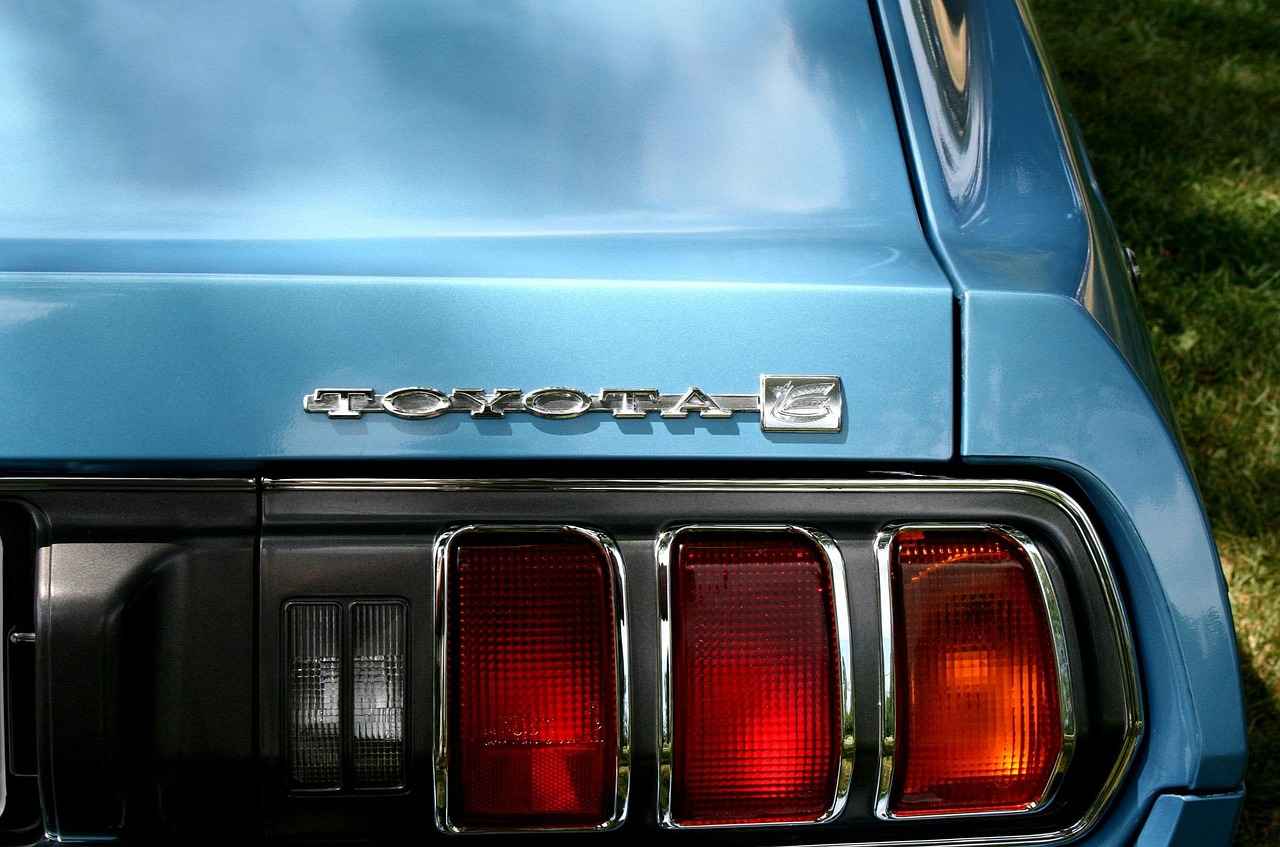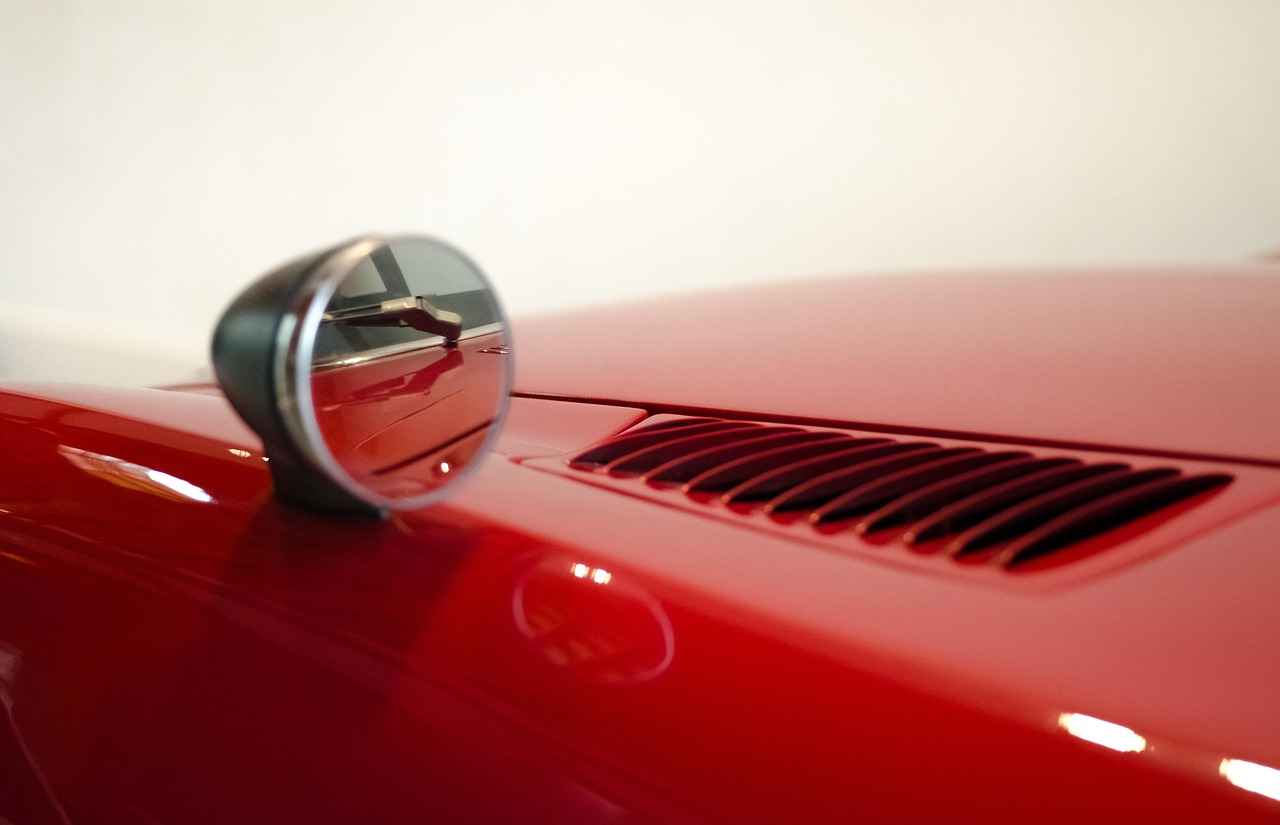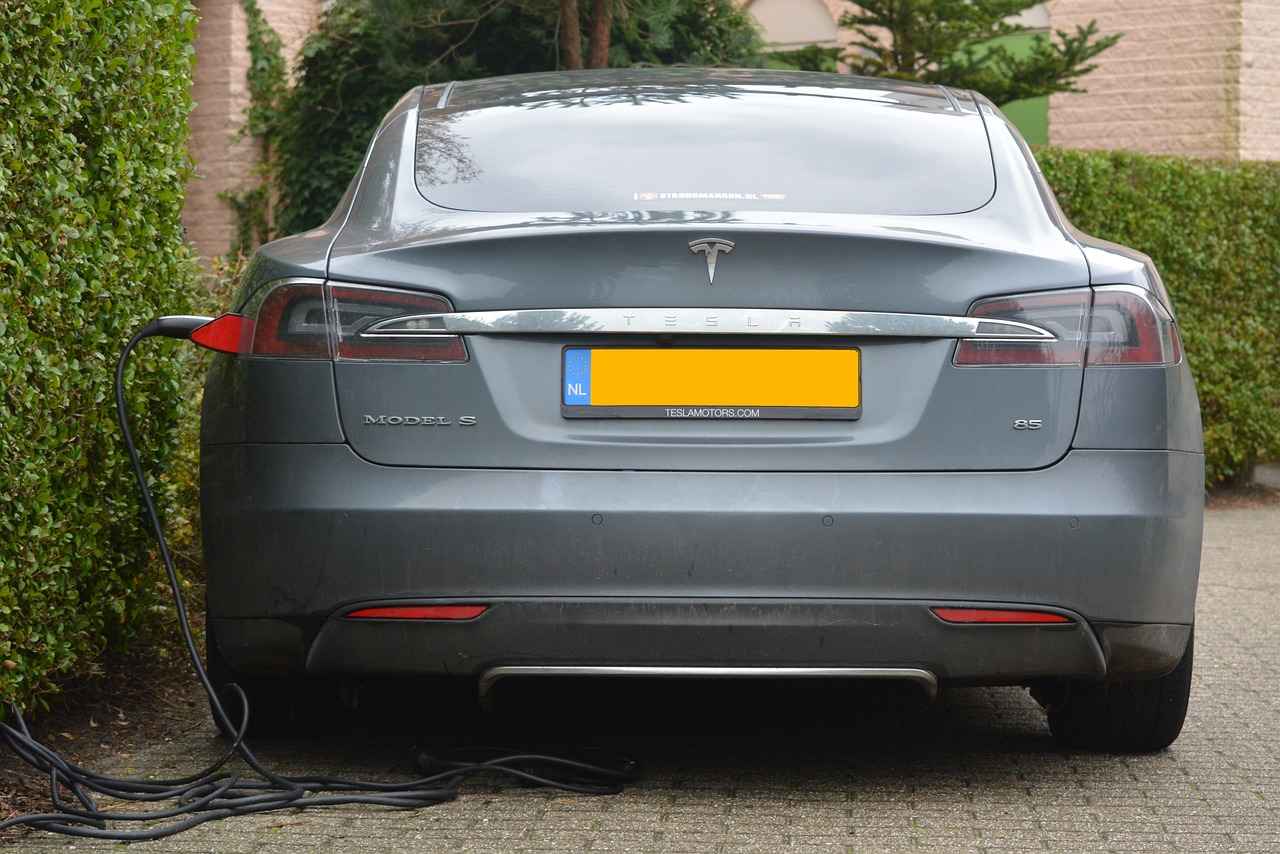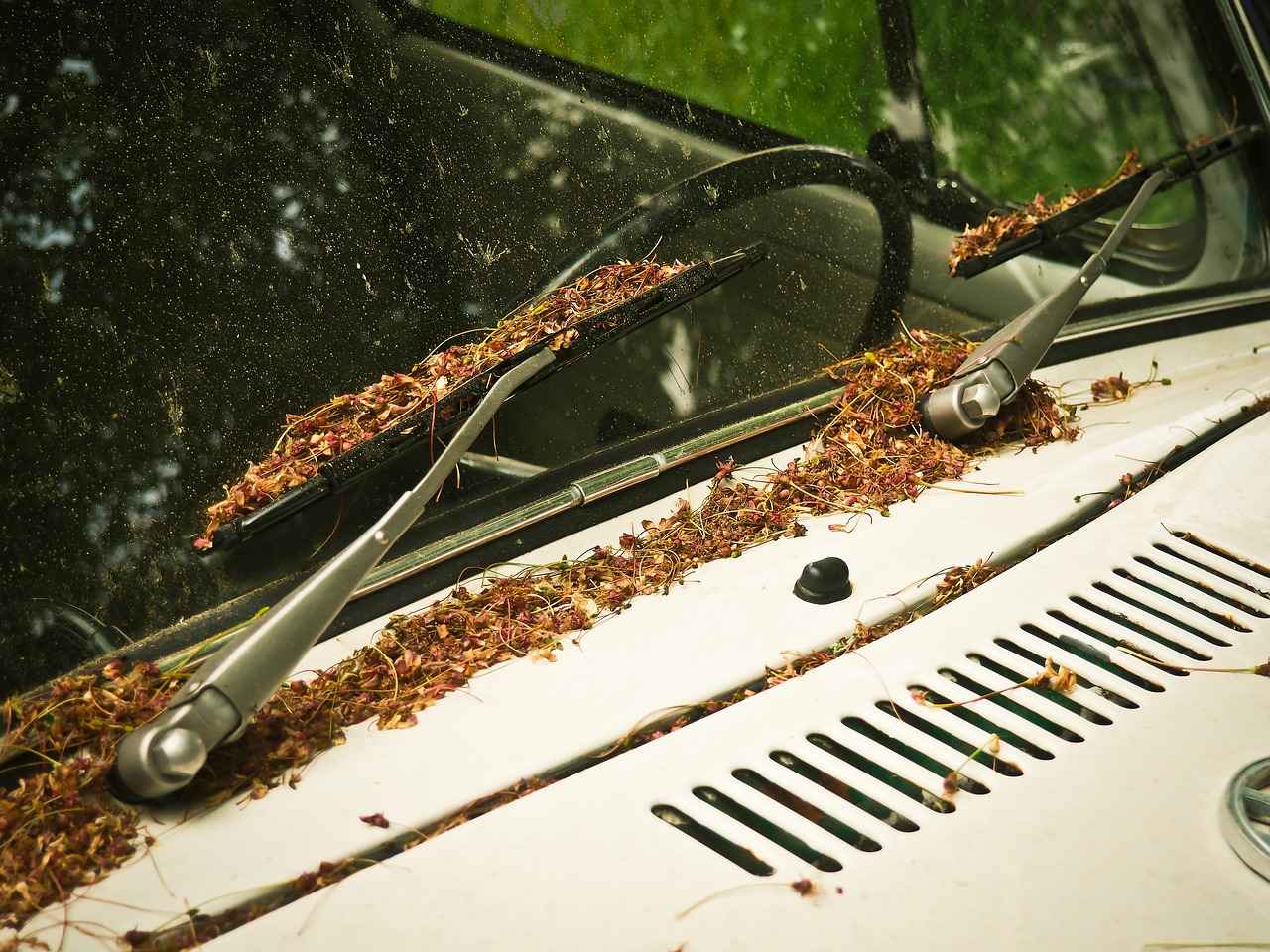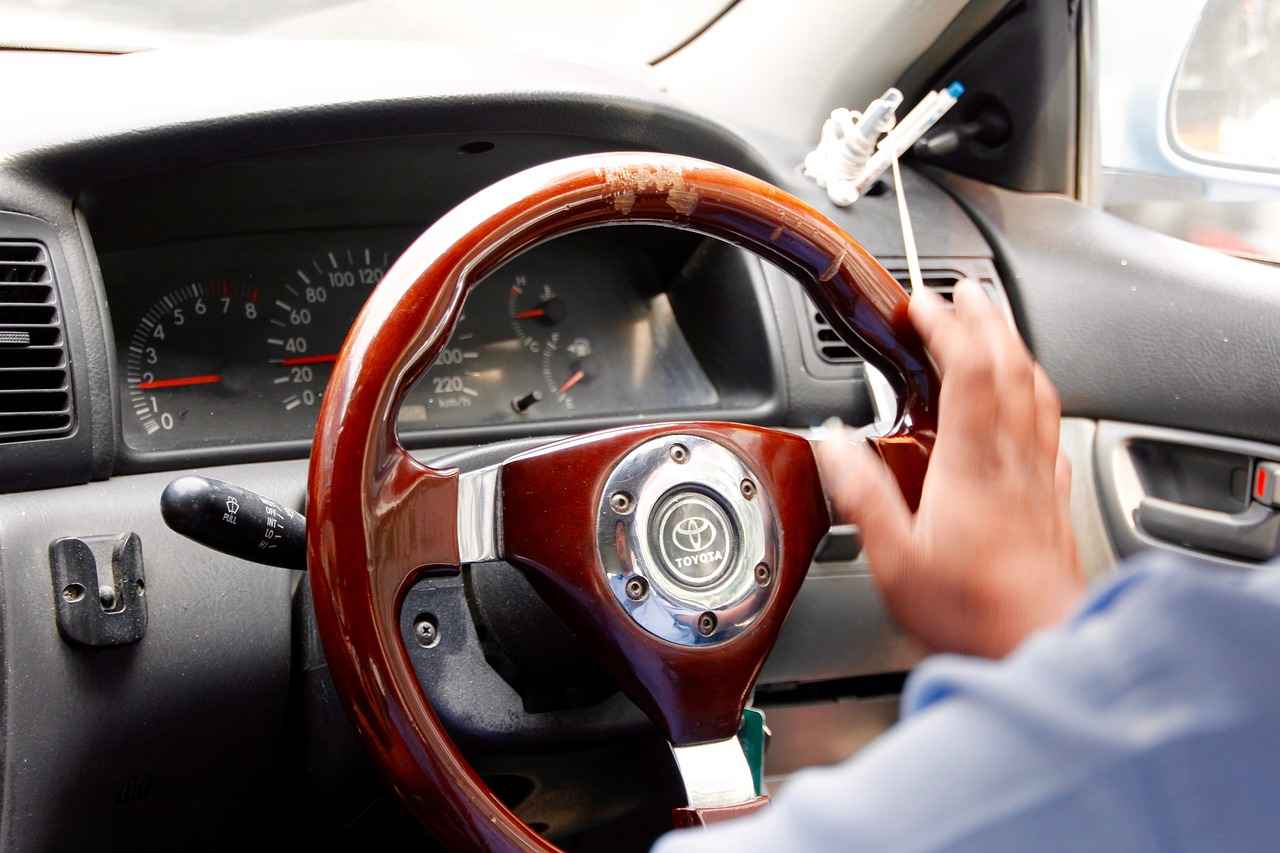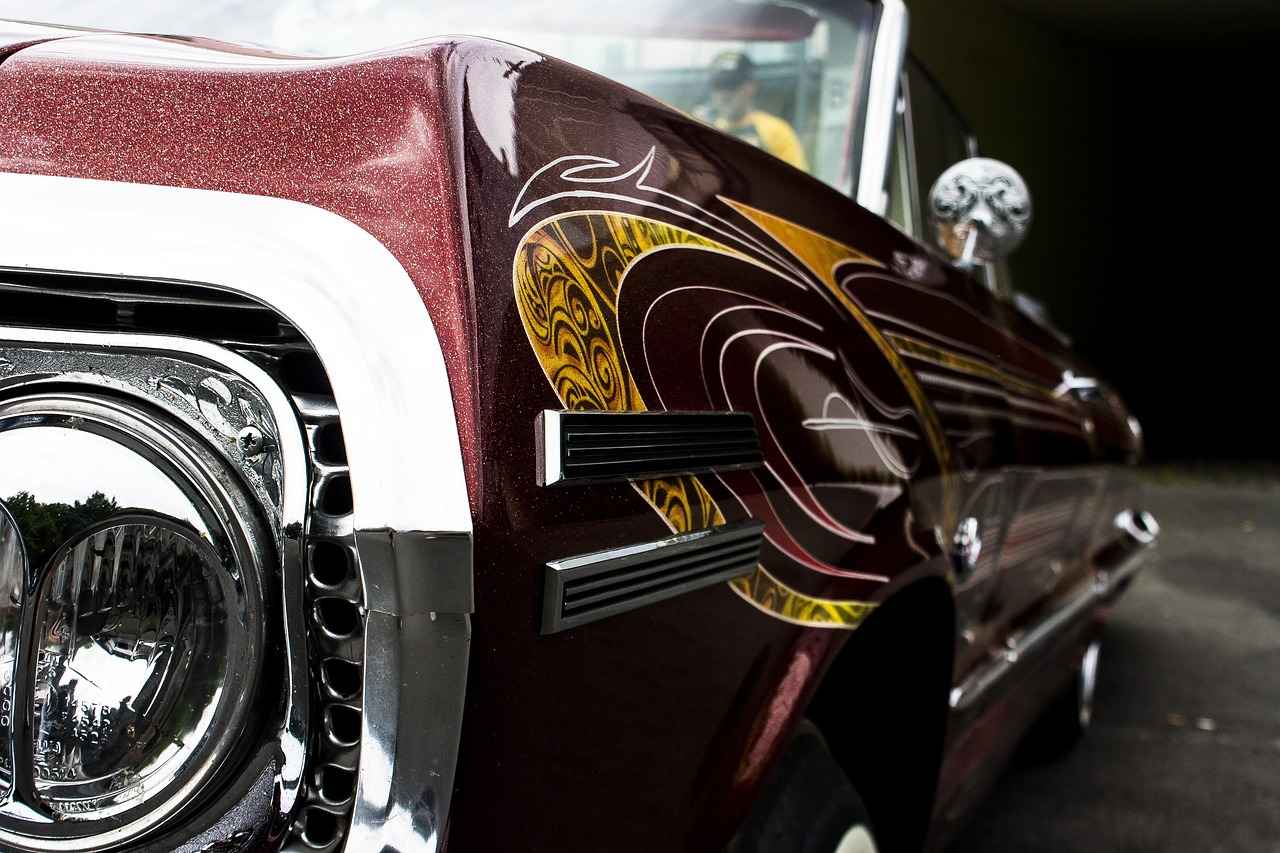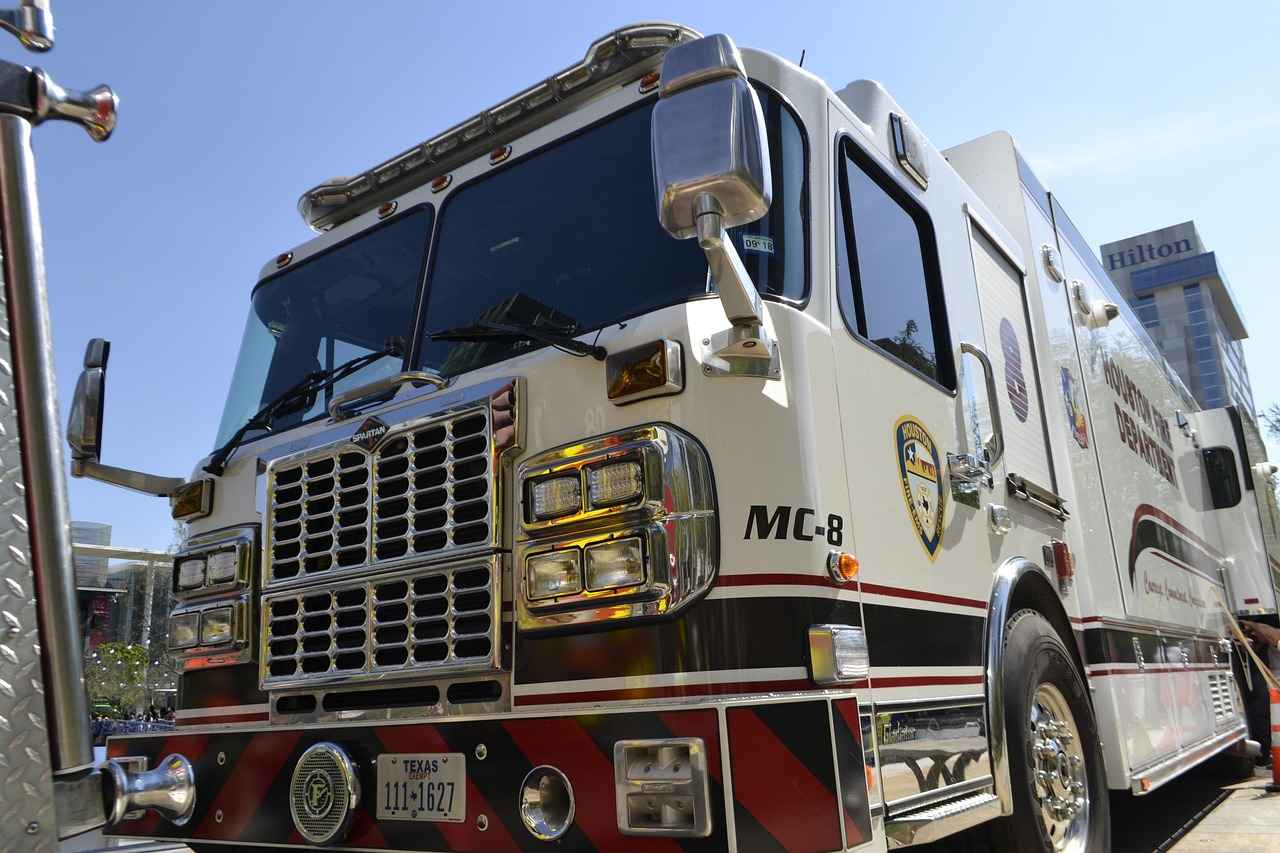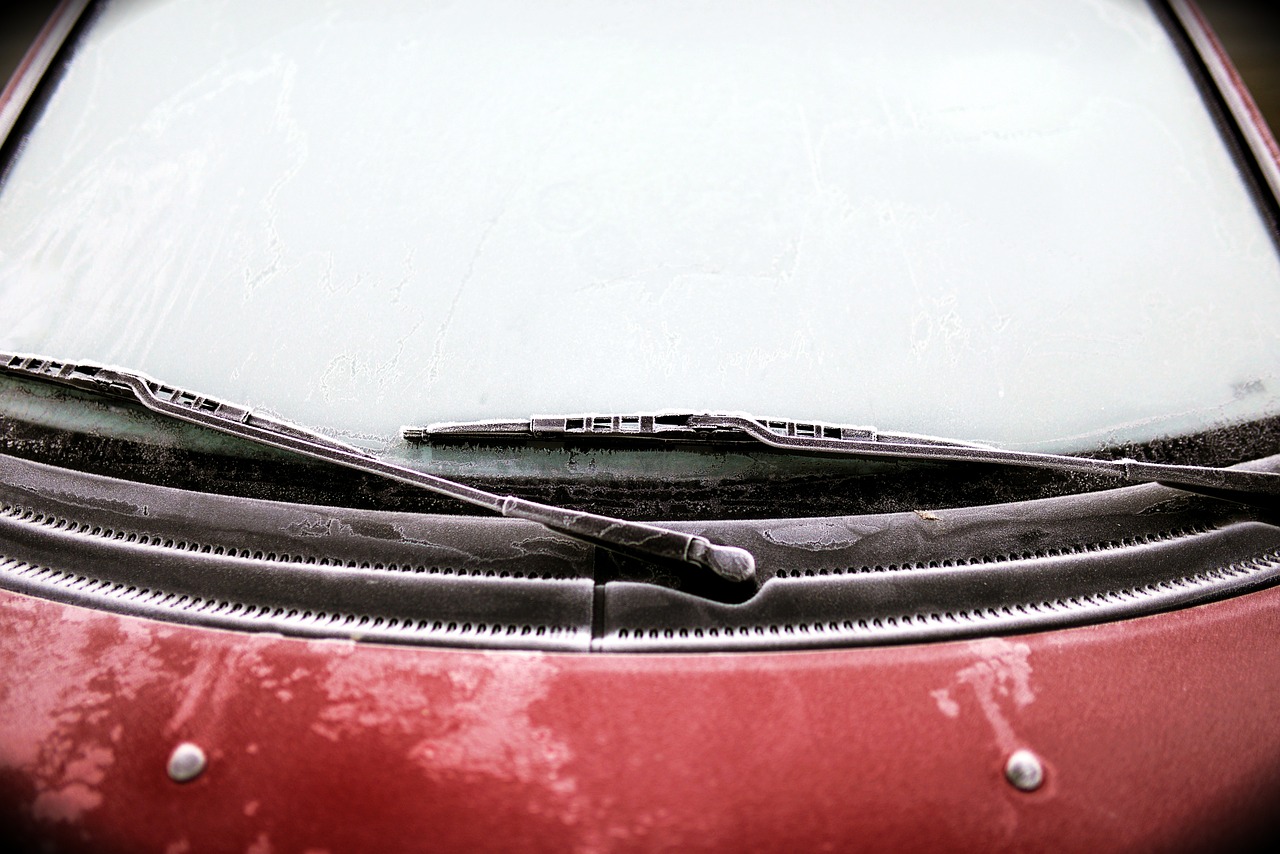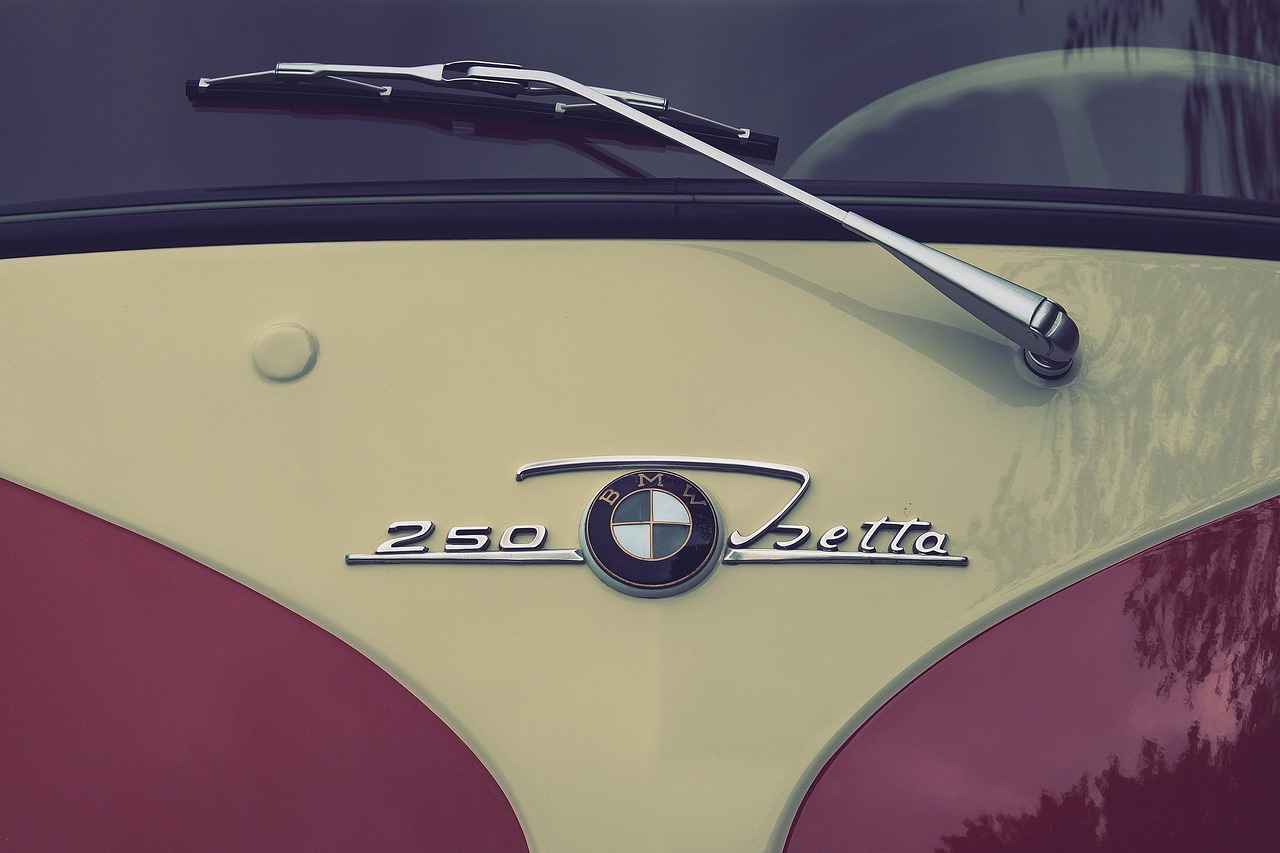This article serves as a comprehensive guide for anyone looking to remove windshield wipers safely. Whether you’re replacing old wipers or performing maintenance, understanding the necessary tools and techniques is essential to avoid any damage during the process. Below, we will outline the steps you need to follow, ensuring a smooth removal.
Before diving into the removal process, it’s important to gather the right tools. Here’s a list of essential items you will need:
- Flathead screwdriver – Useful for prying off stubborn wiper blades.
- Socket wrench – Necessary for loosening nuts on the wiper arms.
- Soft cloth – To protect the windshield and clean the area.
- Safety glasses – Protect your eyes during the process.
Understanding the correct steps to remove windshield wipers is vital for a safe and effective process. Follow these steps carefully:
Preparation is key. Start by ensuring that the wipers are in the service position, which makes them easier to access. Here’s how:
- Turn Off the Ignition: Always ensure your vehicle’s ignition is off to prevent accidental wiper activation.
- Lift the Wiper Arms: Gently lift the wiper arms away from the windshield. This will allow you to access the wiper blades easily.
Once the wiper arms are lifted, you can proceed to remove the wiper blades:
- Locate the Release Tab: Most wiper blades feature a release tab or lever. Identifying this mechanism is crucial for a smooth removal.
- Slide the Wiper Blade Off: After pressing the tab, slide the wiper blade downwards to detach it from the arm. Be gentle to avoid damage.
With the blades removed, the next step is to detach the wiper arms:
- Use a Wrench for Tightened Arms: If the wiper arms are secured tightly, a socket wrench will help loosen the nuts without causing damage.
- Pull the Wiper Arms Off: Once loosened, carefully pull the wiper arms straight off the spindle, ensuring even pressure to prevent bending.
After removing the wipers, it’s essential to clean the area and inspect for any potential issues:
- Wipe the Windshield Area: Cleaning the windshield area removes debris that could interfere with new wipers, ensuring optimal visibility.
- Inspect the Wiper Spindles: Check for any signs of wear or damage. Addressing issues now can prevent future problems.
By following these steps, you can safely and effectively remove your windshield wipers without causing any damage. This guide not only simplifies the process but also ensures that you have the necessary information to proceed confidently. Remember, taking your time and using the right tools will lead to a successful outcome.

What Tools Do You Need to Remove Windshield Wipers?
When it comes to maintaining your vehicle, removing windshield wipers might not seem like a daunting task. However, to do it safely and effectively, having the right tools is essential. This guide will provide you with a comprehensive overview of the tools required for this process, ensuring that you can remove your windshield wipers without causing any damage.
Before diving into the removal process, it’s important to gather the necessary tools. Below is a list of essential items that will make the task easier and safer:
- Flathead Screwdriver: A flathead screwdriver is often needed to help pry off wiper blades from their arms, especially if they are stuck.
- Socket Wrench Set: This set is crucial for loosening the nuts that secure the wiper arms to the spindles. Make sure to have various sizes on hand to fit different vehicles.
- Safety Gloves: Wearing gloves can protect your hands from sharp edges and provide a better grip on the tools.
- Microfiber Cloth: A microfiber cloth is useful for cleaning the windshield area before and after the removal process, ensuring no debris interferes with the new wipers.
- Wrench or Pliers: These tools can assist in gripping and turning stubborn nuts or bolts that may not budge easily.
Having these tools readily available not only streamlines the process but also minimizes the risk of damaging your windshield or the wiper components. Before you begin, ensure your vehicle is parked on a flat surface and that the wipers are in the service position.
Understanding how to use these tools effectively is just as important as having them. For instance, when using a socket wrench, apply steady pressure to avoid stripping the nut. If you encounter resistance, don’t force it; instead, try using penetrating oil to loosen it.
Additionally, always refer to your vehicle’s owner manual for specific instructions regarding your model, as some vehicles may have unique mechanisms for their wiper systems. This will also help you identify any special tools that might be required.
In summary, gathering the right tools is a crucial first step in the process of removing windshield wipers. With the correct equipment at your disposal, you can approach the task with confidence and ensure a smooth, damage-free removal.

How to Safely Remove Windshield Wipers: A Step-by-Step Process
Removing windshield wipers might seem like a straightforward task, but it’s essential to understand the correct steps to ensure a safe and effective removal process. This guide will provide you with a detailed, step-by-step approach to successfully detach your windshield wipers without causing any damage to your vehicle.
Before diving into the removal process, it’s crucial to prepare adequately. The following steps will help you navigate through the procedure with confidence and ease.
- Step 1: Prepare Your Vehicle
- Step 2: Lift the Wiper Arms
- Step 3: Remove the Wiper Blades
- Locate the Release Tab – This is usually located at the base of the wiper blade. Press or lift it to unlock the blade.
- Slide the Wiper Blade Off – Once the tab is released, gently slide the wiper blade downwards to detach it from the wiper arm. Take care to avoid any unnecessary force that could damage the components.
- Step 4: Remove the Wiper Arms
- Use a Wrench for Tightened Arms – If the wiper arms are tightly secured, you may need a wrench to loosen the nuts that hold them in place. This step is crucial for preventing damage.
- Pull the Wiper Arms Off – Once the nuts are loosened, carefully pull the wiper arms straight off the spindle. Ensure that you are pulling evenly to avoid any mishaps.
- Step 5: Clean Up and Inspect
- Wipe the Windshield Area – Cleaning the windshield area helps eliminate any debris that could interfere with new wipers, ensuring optimal visibility.
- Inspect the Wiper Spindles – Check the spindles for signs of wear or damage. Addressing any issues at this stage can prevent future problems when reinstalling or replacing wipers.
Preparation is key when it comes to removing windshield wipers. Begin by ensuring that the wipers are in the service position. This position typically places them upright, making them easier to access. Additionally, turn off the ignition to prevent any accidental activation of the wipers during the process.
Gently lift the wiper arms away from the windshield. This action will give you better access to the wiper blades and their attachment points, which is essential for the next steps.
With the wiper arms lifted, you can now focus on removing the wiper blades. Most blades have a release tab or lever that needs to be pressed or lifted. It’s vital to locate this mechanism to ensure a smooth removal.
After successfully detaching the wiper blades, the next step is to remove the wiper arms themselves. This requires careful handling to avoid bending or breaking any parts.
After removing the wipers, it’s important to clean the area and inspect it for any potential issues. This final step ensures that everything is in order before you proceed with reinstallation or replacement.
By following these systematic steps, you can safely and efficiently remove your windshield wipers, ensuring that your vehicle remains in top condition and ready for the road ahead.
Step 1: Prepare Your Vehicle
When it comes to maintaining your vehicle, one of the most important tasks is ensuring that your windshield wipers are in good working condition. Preparing your vehicle is the first crucial step in safely removing windshield wipers. This process not only protects the wipers themselves but also safeguards your vehicle’s windshield and electrical components. Here’s how to get started.
Before you begin the removal process, it is essential to take a few preliminary steps to ensure safety and efficiency:
- Turn Off the Ignition: Always make sure that the ignition is off. This is vital to prevent any accidental activation of the wipers while you are working. It not only enhances your safety but also prevents potential damage to the wiper motor.
- Position the Wipers: Ensure that the windshield wipers are in the service position. This is typically the upright position, allowing for easy access to the wiper arms and blades. If your wipers are not in this position, you may need to manually adjust them before proceeding.
Taking these steps minimizes the risk of accidents and makes the removal process smoother. Let’s explore these steps in more detail:
Before starting any maintenance work, it is critical to turn off your vehicle’s ignition. This simple yet essential step prevents the wipers from moving unexpectedly, which could lead to injury or damage. Always double-check that the vehicle is completely off, and consider removing the key from the ignition for added safety.
Once the ignition is off, gently lift the wiper arms away from the windshield. This position not only gives you clear access to the wiper blades but also protects the windshield from scratches or damage during the removal process. Ensure you lift the arms carefully and avoid forcing them, as this could cause bending or breakage.
By preparing your vehicle correctly, you set the stage for a successful and safe wiper removal process. This foundational step is crucial for avoiding mishaps and ensuring that your windshield wipers can be replaced or serviced effectively.
In summary, the preparation phase is not to be overlooked. By turning off the ignition and positioning the wipers correctly, you can move forward with confidence, knowing that you have taken the necessary precautions to protect both yourself and your vehicle.
Turn Off the Ignition
When it comes to vehicle maintenance, safety is paramount. One of the most critical steps in the process of removing windshield wipers is to ensure that your vehicle’s ignition is turned off. This simple yet essential action can prevent unintended activation of the wipers, which could lead to accidents or damage to your vehicle.
Why is it so important to turn off the ignition? First and foremost, accidental activation of the wipers while you’re working on them can pose a significant risk. If the wipers suddenly start moving, they could hit you, or they might damage other components of your vehicle. Additionally, if the wipers are activated while you are attempting to remove them, it may cause unnecessary strain on the wiper arms and the motor, potentially leading to costly repairs.
- Ensure Safety: By turning off the ignition, you create a safer working environment, allowing you to focus entirely on the task at hand.
- Avoid Damage: Preventing accidental activation helps maintain the integrity of both the wiper system and your vehicle’s electrical components.
- Peace of Mind: Knowing that the wipers are inactive allows you to work without fear of unexpected movements.
To turn off the ignition properly, follow these steps:
- Ensure the vehicle is in park or neutral.
- Turn the ignition key to the off position or press the start/stop button, if applicable.
- Remove the keys from the ignition to prevent anyone from accidentally starting the vehicle while you work.
After completing these steps, you can proceed to lift the wiper arms safely. This action will allow you to access the wiper blades without the risk of them moving unexpectedly. Remember, taking a moment to ensure the ignition is off can save you from potential hazards and complications during the wiper removal process.
In summary, turning off the ignition is not just a precaution; it is a fundamental step in ensuring safety and preventing damage while removing windshield wipers. Always prioritize this step before proceeding with any maintenance or repairs related to your vehicle’s wiper system.
Lift the Wiper Arms
When it comes to maintaining your vehicle, knowing how to handle the windshield wipers is essential. One of the first steps in this process is to gently lift the wiper arms away from the windshield. This action is crucial as it allows you to access the wiper blades and their attachment points easily, ensuring a smoother removal process.
Understanding the significance of this step can prevent accidental damage and ensure your safety. By lifting the wiper arms, you create a safe working environment that minimizes the risk of the wipers accidentally activating while you are working on them. Additionally, it provides better visibility of the wiper components, making the entire process more efficient.
- Step 1: Ensure the vehicle is parked on a level surface. This will prevent any unexpected movements while you are working.
- Step 2: Turn off the ignition completely. This is crucial to avoid any accidental activation of the wipers, which could lead to injury or damage.
- Step 3: Locate the base of the wiper arms where they connect to the vehicle. This area is typically near the windshield’s bottom edge.
- Step 4: Grasp the wiper arm firmly but gently. Pull it away from the windshield until it is in a vertical position. Make sure to do this slowly to avoid any sudden movements.
While lifting the wiper arms may seem straightforward, there are some common mistakes that you should avoid:
- Not Turning Off the Ignition: Failing to turn off the ignition can lead to the wipers activating unexpectedly.
- Using Excessive Force: Applying too much force can damage the wiper arms or the windshield.
- Neglecting to Check for Obstructions: Before lifting the wiper arms, ensure that there are no obstructions that could interfere with the process.
Once the wiper arms are lifted, you can proceed to inspect the wiper blades and their attachment points. This is an excellent opportunity to check for wear and tear on the blades, ensuring that they are ready for replacement if necessary. Additionally, you can clean the area around the wipers to remove any dirt or debris, which can affect their performance.
By following these steps and avoiding common mistakes, you can safely lift the wiper arms and access the blades without any issues. This simple yet critical step is the foundation for effective windshield wiper maintenance. Remember, proper care of your vehicle’s wipers not only enhances visibility but also contributes to overall driving safety.
Step 2: Remove the Wiper Blades
When it comes to maintaining your vehicle, understanding how to remove windshield wipers is crucial. This process not only ensures that you can replace old or worn-out blades but also helps in keeping your windshield clear for optimal visibility. In this section, we will delve into the specific techniques required to detach the wiper blades from the arms safely and effectively.
Removing wiper blades may seem straightforward, but taking the right steps is essential to avoid damaging any components. Here’s a detailed approach:
Before you can remove the wiper blades, you must first locate the release tab or lever that is typically found at the base of the blade where it connects to the wiper arm. This mechanism is designed to hold the blade securely in place while allowing for easy removal when needed.
Once you have located the release tab, gently press or lift it. This action will unlock the wiper blade from the wiper arm. It’s important to do this carefully to avoid breaking the tab, which could make future replacements more difficult.
After releasing the tab, you can now slide the wiper blade downwards to detach it from the wiper arm. Ensure that you are doing this gently to prevent any damage to the arm or the blade itself. If the blade feels stuck, double-check to ensure the release tab is fully disengaged.
Once you have successfully removed one wiper blade, repeat the above steps for the other blade. This process is generally the same for both blades, but always confirm the specific mechanism for your vehicle model, as some may vary slightly.
Removing wiper blades correctly is crucial for a few reasons:
- Avoiding Damage: Incorrect removal can lead to damage to the wiper arm or the blade itself, necessitating costly repairs or replacements.
- Ensuring Safety: Properly maintained wipers are essential for clear visibility during adverse weather conditions, contributing to overall road safety.
- Efficient Replacement: Knowing how to remove wiper blades correctly allows for efficient replacement, ensuring you spend less time on maintenance.
While removing wiper blades may seem simple, there are several common mistakes to avoid:
- Forcing the Blade Off: Always ensure the release tab is properly disengaged before attempting to slide the blade off.
- Neglecting to Inspect: After removing the blades, take a moment to inspect the wiper arms for any signs of wear or damage.
- Not Following Manufacturer Instructions: Always refer to your vehicle’s manual for specific instructions related to your model.
By following these steps and tips, you can ensure that the process of removing your windshield wipers is both safe and effective. This knowledge not only enhances your vehicle maintenance skills but also contributes to safer driving conditions.
Locate the Release Tab
When it comes to maintaining your vehicle, one of the essential tasks is ensuring that your windshield wipers are functioning properly. A crucial part of this maintenance involves removing the wiper blades for cleaning or replacement. Understanding how to on your wiper blades is vital for a smooth and efficient removal process.
Most windshield wipers are designed with a release tab or lever that secures the wiper blade to the arm. This mechanism is crucial because it allows for a secure attachment while also enabling easy removal when necessary. If you attempt to detach the wiper blade without finding this release tab, you risk damaging the blade or the wiper arm itself, leading to costly repairs.
- Inspect the Wiper Blade Design: Different manufacturers have various designs for their wiper blades. Some may have a visible tab on the underside, while others may incorporate a lever that needs to be lifted.
- Check the User Manual: If you’re unsure where to find the release tab, consult your vehicle’s user manual. It usually contains detailed illustrations and instructions specific to your model.
- Look for a Button or Lever: Most release mechanisms will either be a small button that you press or a lever that you lift. Pay close attention to the area where the blade meets the arm.
Once you have identified the release tab, follow these steps to safely remove the wiper blade:
- Press or Lift the Release Tab: Depending on the design, either press down or lift the tab to unlock the wiper blade from the arm.
- Slide the Wiper Blade Off: With the tab released, gently slide the wiper blade downward off the arm. Ensure that you are doing this carefully to avoid any damage.
Sometimes, you may encounter difficulties when trying to locate the release tab. Here are some common issues and how to address them:
- Obstruction: Dirt or debris may obstruct the view of the release tab. Cleaning the area can help you see the mechanism clearly.
- Wear and Tear: Over time, the release tab may become worn or difficult to operate. If you notice this, consider seeking professional help to avoid breaking the mechanism.
In conclusion, understanding how to locate and operate the release tab on your windshield wipers is a fundamental skill for any vehicle owner. By following the steps outlined above, you can ensure a smooth removal process, maintain your wipers effectively, and enhance your overall driving safety. Remember, regular maintenance of your windshield wipers not only improves visibility but also contributes to your vehicle’s longevity.
Slide the Wiper Blade Off
When it comes to maintaining your vehicle, knowing how to safely remove windshield wipers is essential. One of the critical steps in this process is sliding the wiper blade off the wiper arm. This guide will provide you with a detailed understanding of how to execute this step correctly, ensuring you avoid any damage to your vehicle’s components.
Understanding the importance of proper removal techniques can save you time and money. Incorrectly removing wiper blades can lead to damage not only to the blades themselves but also to the wiper arms and the windshield. Therefore, following the right steps is crucial.
Once you have located the release tab on your wiper blade, the next step is to slide the wiper blade off the wiper arm. Here’s how to do it:
Before you can slide the wiper blade off, you must first locate the release tab. This tab is typically found at the connection point between the wiper blade and the wiper arm. Press or lift this tab gently to unlock the blade.
After releasing the tab, gently slide the wiper blade downwards along the wiper arm. It’s essential to do this slowly and carefully to avoid any unintended damage. The blade should come off without much resistance if the tab was successfully released.
As you slide the wiper blade off, keep an eye out for any obstructions or debris that might be caught in the mechanism. If you encounter any resistance, stop and double-check that the release tab is fully disengaged.
Once the wiper blade is detached, handle it with care. Avoid dropping it or placing it where it could get damaged. Remember, wiper blades are designed to fit snugly onto the wiper arms, and any mishandling can lead to bending or breaking.
After successfully sliding the wiper blade off, you may want to inspect the wiper arm and the blade itself for any signs of wear or damage. This is also an excellent opportunity to clean the area to ensure optimal performance when you install new wipers.
Check the wiper arm for any signs of rust or damage. If the arm is compromised, it may need to be replaced to ensure the new wiper blade functions correctly.
Before attaching new wipers, it’s advisable to clean the area thoroughly. Use a soft cloth to wipe off any dirt or debris that may have accumulated. This cleaning process will enhance the performance of your new wipers and improve visibility.
Sliding the wiper blade off the wiper arm may seem like a simple task, but it requires attention to detail to avoid damaging any components. By following the steps outlined in this guide, you can confidently remove your windshield wipers without any hassle. Remember, proper maintenance is key to ensuring the longevity of your vehicle’s wiper system.
Step 3: Remove the Wiper Arms
With the wiper blades successfully detached, the next crucial step is to remove the wiper arms themselves. This procedure requires careful attention to avoid damaging the arms or the vehicle’s windshield. Below, we will discuss the necessary precautions and techniques to ensure a smooth removal process.
Why is it Important to Remove Wiper Arms Carefully?
Removing wiper arms improperly can lead to damage to both the arms and the wiper mechanism. Additionally, mishandling can result in injury, especially if the arms spring back unexpectedly. Therefore, taking the right precautions is essential.
What Tools Will You Need?
- Socket Wrench Set: This is crucial for loosening the nuts that secure the wiper arms.
- Flathead Screwdriver: Useful for prying off any stubborn components.
- Safety Glasses: Always wear these to protect your eyes from debris or unexpected movements.
How to Detach the Wiper Arms: Step-by-Step
Follow these steps to safely remove the wiper arms:
1. Assess the Tightness of the Wiper Arm Nuts
Before attempting to remove the wiper arms, inspect the nuts that hold them in place. If they appear rusted or overly tight, applying a penetrating oil can help loosen them. Allow the oil to sit for a few minutes before proceeding.
2. Use a Socket Wrench to Loosen the Nuts
Take your socket wrench and fit it onto the nut at the base of the wiper arm. Turn the wrench counterclockwise to loosen the nut. Make sure to apply even pressure to avoid stripping the nut. If the nut is particularly stubborn, consider using a breaker bar for additional leverage.
3. Remove the Nuts Completely
Once the nuts are sufficiently loosened, remove them completely. Place them in a safe location to avoid losing them during the process.
4. Gently Pull the Wiper Arms Off
With the nuts removed, grasp the wiper arm near the base and pull it straight off the spindle. It’s important to pull evenly to prevent bending or breaking the arm. If the arm is stuck, gently wiggle it back and forth while pulling.
5. Inspect the Spindles
After the arms are removed, take a moment to inspect the spindles for any signs of wear or damage. This inspection is crucial as it can prevent issues when you reinstall or replace the wipers.
6. Clean the Area
Before proceeding with any new installations, ensure the area is clean. Wipe away any debris or dirt that may have accumulated around the spindles. This will help in achieving a proper seal when installing new wipers.
What to Do If the Wiper Arms Are Stuck?
If you encounter resistance when trying to remove the wiper arms, do not force them. Instead, consider the following:
- Use a Wiper Arm Puller: This tool can help apply even pressure to remove stubborn arms.
- Consult a Professional: If you are unsure or uncomfortable with the process, seeking help from a professional mechanic can save time and potential damage.
In conclusion, removing wiper arms requires patience and the right techniques. By following these steps, you can ensure a safe and effective removal process, setting the stage for either reinstalling the existing arms or installing new ones.
Use a Wrench for Tightened Arms
When it comes to maintaining your vehicle, removing windshield wipers can be a daunting task, especially if they are tightly secured. Understanding how to use the right tools, such as a wrench, can make this process much smoother and safer.
Wiper arms are designed to withstand various weather conditions, which can cause them to become tightly fastened over time. If you encounter resistance while trying to remove the wiper arms, using a wrench is essential. This tool allows you to apply the necessary torque without risking damage to the wiper assembly or the windshield itself.
Using a wrench correctly is crucial for a successful removal process. Follow these steps to ensure you do it safely:
- Select the Right Size: Before you begin, make sure to choose a wrench that fits the nut securely. Using the wrong size can strip the nut, making removal even more difficult.
- Apply Steady Pressure: When loosening the nut, apply consistent pressure. Avoid sudden jerks that could damage the components.
- Use a Breaker Bar: If the nut is particularly stubborn, consider using a breaker bar for additional leverage. This tool can provide the extra force needed to loosen the nut without excessive effort.
While using a wrench, it’s important to take precautions to avoid damaging your wiper arms or the surrounding areas:
- Protect the Windshield: Place a soft cloth or towel between the wrench and the windshield. This will help prevent scratches or chips.
- Check for Rust: If you notice that the nuts are rusted, applying a penetrating oil can help loosen them before using a wrench.
- Work Slowly: Patience is key. Rushing through the process can lead to mistakes that may require costly repairs.
Once the wiper arms are successfully removed, take the time to inspect both the arms and the spindles:
- Inspect for Wear: Check the wiper arms for any signs of wear or damage. This will help you determine if they need to be replaced.
- Clean the Area: Make sure to clean the area around the spindle to remove any debris that could interfere with the installation of new wipers.
By following these guidelines and using a wrench correctly, you can safely remove your windshield wipers without causing damage. This not only ensures a smoother maintenance process but also contributes to your vehicle’s overall performance and safety.
Pull the Wiper Arms Off
Removing windshield wipers can seem daunting, but with the right approach and careful handling, it can be a straightforward task. This guide will focus on the essential steps to safely pull the wiper arms off your vehicle, ensuring you avoid any damage to the components. Understanding the mechanics behind this process is crucial for both safety and efficiency.
Using the correct technique when removing wiper arms is vital to prevent bending or breaking any components. Improper handling can lead to costly repairs and safety issues. Here’s how to do it right:
Before you begin, ensure the vehicle is parked on a level surface, and the ignition is turned off. This prevents any accidental activation of the wipers during the process. It’s also a good practice to wear safety gloves to protect your hands.
Using a suitable tool, such as a wrench, gently loosen the nuts securing the wiper arms to the spindle. Be careful not to overtighten or strip the fasteners. Once they are sufficiently loosened, you can proceed to remove the arms.
Once the fasteners are loosened, it’s time to carefully pull the wiper arms straight off the spindle. Here are some important tips:
- Even Pressure: Ensure you are pulling evenly on both sides of the arm. This helps prevent any bending or breaking of the wiper arms or spindles.
- Gentle Motion: Use a gentle rocking motion if the arms seem stuck. This can help dislodge them without applying excessive force.
- Check for Resistance: If you encounter significant resistance, double-check that all fasteners are completely loosened before attempting to pull the arms off.
After successfully removing the wiper arms, take a moment to inspect the area. Look for any signs of wear or damage on the spindle or the wiper arms themselves. Addressing any issues now can save you time and trouble later when reinstalling or replacing the wipers.
Finally, clean the windshield area to remove any debris that may have accumulated. This ensures a smooth installation of new wipers and optimal visibility when driving.
By following these steps, you can safely and effectively remove your windshield wiper arms without causing any damage. Remember, taking your time and being cautious can prevent unnecessary repairs and ensure your vehicle remains in top condition.
Step 4: Clean Up and Inspect
After successfully removing the windshield wipers, cleaning the area and conducting a thorough inspection is crucial. This step is often overlooked but is essential to ensure that everything is in optimal condition before you proceed with reinstallation or replacement.
Cleaning the area where the wipers were attached is vital for several reasons:
- Debris Removal: Dust, dirt, and other debris can accumulate around the wiper assembly. If left unaddressed, this debris could interfere with the new wipers’ performance.
- Visibility Enhancement: A clean windshield area enhances visibility, ensuring that when you do install new wipers, they function effectively without obstruction.
- Preventing Damage: Residue left on the windshield or wiper spindles can lead to scratches or other damage, impacting the longevity of your new wipers.
Cleaning the windshield area involves a few simple steps:
- Gather Your Cleaning Supplies: You will need a microfiber cloth, glass cleaner, and possibly a soft brush for hard-to-reach areas.
- Wipe Down the Windshield: Use the microfiber cloth and glass cleaner to wipe down the windshield, ensuring all dirt and grime are removed.
- Clean the Wiper Spindles: Inspect the wiper spindles and wipe them with a clean cloth. If there is any stubborn grime, a soft brush can help dislodge it without scratching the surface.
Once the area is clean, the next step is inspection. This process is crucial to identify any issues that may affect the performance of the new wipers:
- Check for Wear and Tear: Look for signs of wear on the wiper spindles. Any rust or damage here can lead to problems when reinstalling new wipers.
- Examine the Wiper Arm Mechanism: Ensure that the mechanism is functioning smoothly. If you notice any stiffness or resistance, it may require lubrication or further inspection.
- Look for Electrical Issues: If your vehicle has powered wipers, check the electrical connections for any signs of corrosion or damage.
Conducting a thorough inspection after cleaning can save you from potential headaches down the line. By identifying issues now, you can:
- Avoid Future Repairs: Catching problems early can prevent costly repairs later.
- Ensure Optimal Performance: New wipers installed on a clean and well-maintained assembly will perform better and last longer.
- Enhance Safety: Properly functioning wipers are essential for visibility, especially in adverse weather conditions.
In summary, the steps of cleaning and inspecting the area after removing windshield wipers are crucial for ensuring a successful reinstallation or replacement. By taking the time to perform these tasks, you can enhance the longevity and performance of your new wipers, ensuring safer driving conditions.
Wipe the Windshield Area
When it comes to maintaining your vehicle, cleaning the windshield area is a crucial step that often goes overlooked. This process not only enhances the appearance of your vehicle but also plays a significant role in ensuring your safety on the road. A clean windshield area is essential for optimal visibility, especially when you are about to replace or install new windshield wipers.
Cleaning the windshield area serves multiple purposes. Firstly, it removes any debris, dirt, and grime that may have accumulated over time. This buildup can obstruct your view, leading to dangerous driving conditions. Secondly, ensuring the windshield is clean helps the new wipers function effectively. If debris is present, it can cause the wipers to skip or chatter, ultimately reducing their lifespan and effectiveness.
To clean the windshield area effectively, you will need the following tools:
- Microfiber Cloths: These are gentle on glass surfaces and help prevent scratches.
- Glass Cleaner: A quality glass cleaner will help break down grime and leave a streak-free finish.
- Bucket of Water: Sometimes, a simple solution of soap and water can do wonders for heavy dirt.
- Scraper: For stubborn debris like sap or bird droppings, a plastic scraper can be useful.
Follow these steps for a thorough cleaning:
- Gather Your Supplies: Before starting, make sure you have all your cleaning supplies within reach.
- Rinse the Area: If possible, rinse the windshield and surrounding area with water to remove loose dirt. This step can prevent scratching during cleaning.
- Apply Glass Cleaner: Spray the glass cleaner generously on the windshield and let it sit for a minute to break down stubborn grime.
- Wipe with a Microfiber Cloth: Using a clean microfiber cloth, wipe the windshield in a circular motion to lift dirt and grime.
- Use a Scraper for Stubborn Spots: If you encounter tough spots, gently use a plastic scraper to remove them without scratching the glass.
- Final Wipe: After cleaning, use a dry microfiber cloth to give the windshield a final wipe for a streak-free finish.
After cleaning, take a moment to inspect the windshield area for any potential issues. Look for:
- Cracks or Chips: These can worsen over time and may require professional repair.
- Worn Wiper Blades: Check if the blades are frayed or damaged, as they may need replacement.
- Debris in the Wiper Mechanism: Ensure there is no debris obstructing the wiper arms or spindles.
By taking the time to clean the windshield area thoroughly, you set the stage for a successful wiper replacement or installation. This simple yet effective step can significantly enhance your driving visibility and safety.
Inspect the Wiper Spindles
When it comes to maintaining your vehicle, ensuring that your windshield wipers are in optimal condition is paramount. One often overlooked aspect of this maintenance is the inspection of the wiper spindles. These components play a crucial role in the functionality of your wipers, and any signs of wear or damage can lead to significant issues down the line.
Inspecting the wiper spindles is essential for several reasons. First and foremost, damaged spindles can lead to ineffective wiper performance, which might compromise your visibility during adverse weather conditions. Additionally, if the spindles are worn out, they may not securely hold the wiper arms, leading to potential detachment while driving.
During your inspection, there are specific signs of wear and damage you should be vigilant about:
- Cracks or Breaks: Look for any visible cracks or breaks in the spindle. These can severely affect the spindle’s integrity.
- Rust or Corrosion: Rust can weaken the spindle structure. Check for any signs of corrosion that may have developed over time.
- Play or Movement: Gently wiggle the spindle to see if there is any excessive play. A spindle that moves too freely may need replacement.
If you notice any of the aforementioned issues during your inspection, it’s crucial to address them promptly. Here are some steps you can take:
- Replace Damaged Spindles: If the spindle is cracked or broken, replacing it is the best course of action. This will ensure that your wipers function correctly and safely.
- Clean Corroded Spindles: For spindles showing signs of rust, consider cleaning them with a rust remover. After cleaning, apply a protective lubricant to prevent future corrosion.
- Tighten Loose Connections: If you find that the spindle has excessive play, check to see if the mounting hardware is loose. Tightening these connections can often resolve the issue.
If you’re unsure about the condition of your wiper spindles or if the damage seems extensive, it may be best to consult a professional mechanic. They can provide a thorough assessment and recommend the appropriate repairs or replacements.
To avoid issues with your wiper spindles in the future, consider implementing the following maintenance tips:
- Regular Inspections: Make it a habit to inspect your wiper spindles every few months, especially before adverse weather seasons.
- Keep the Area Clean: Ensure that debris and dirt are regularly cleared from the wiper area to prevent unnecessary wear on the spindles.
- Replace Wiper Blades Annually: Worn wiper blades can put additional strain on the spindles, so replacing them annually can help maintain overall functionality.
By paying close attention to your wiper spindles and addressing any issues promptly, you can significantly enhance the performance and longevity of your windshield wipers. Remember, regular maintenance is key to ensuring your safety on the road.
Frequently Asked Questions
- What tools do I need to remove windshield wipers?
You’ll need a few basic tools like a flathead screwdriver, a wrench, and possibly a pair of pliers. These will help you safely detach the wiper blades and arms without causing any damage.
- Is it safe to remove windshield wipers on my own?
Absolutely! As long as you follow the step-by-step guide carefully, removing windshield wipers can be a simple DIY task. Just remember to turn off the ignition and take your time.
- What if my wiper arms are stuck?
If the wiper arms are tightly secured, using a wrench to loosen the nuts is key. Be gentle and ensure you’re pulling straight up to avoid bending any components.
- How do I know if I need to replace my wiper blades?
Look for signs of wear like streaking on your windshield, cracks, or missing rubber. If you notice any of these, it’s time to replace those blades for optimal visibility!
- Can I just leave the old wipers off until I get new ones?
It’s best to avoid driving without wipers, especially in rain or snow. If you must, ensure your windshield is clean and avoid any inclement weather until you can replace them.
